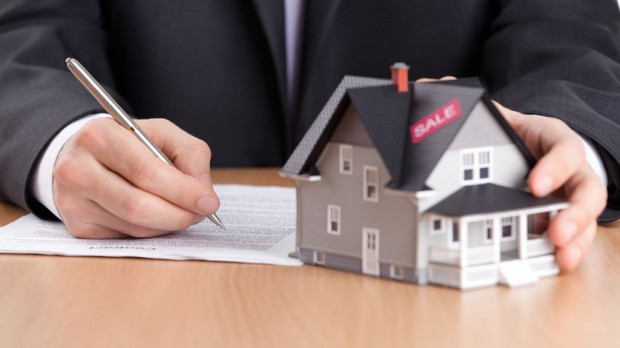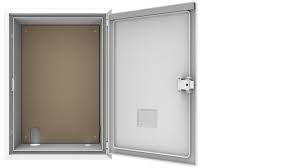The interior gardens are practical as well as being an excellent alternative to keeping a man in contact with nature at home. These gardens are a trend and bring many benefits both physical and mental and at the same time offer an elegant and timeless decoration, regardless of the decorative style with which a house has been designed. An indoor garden allows to take advantage of spaces with more flexibility and to give views to the environments without the need to stay in contact with the outside. At the same time, these gardens allow spaces to be more flexible and better used, especially when we have empty corners that need an injection of life and color.
Below, we will tell you everything you need to know to design a beautiful interior garden in your home.
Indoor garden
1. Location and distribution of the indoor garden in a house
The design and distribution of an interior garden will also depend on living in a single-family house or in a department and in the latter, the concept of the garden can also vary if one lives on a first floor, in the last or in the middle of the building.
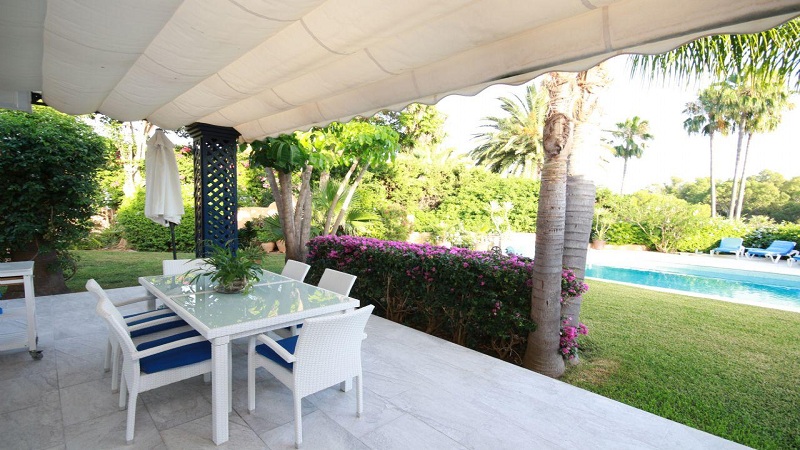
If you live on a ground floor, the terrace can house the garden, on the top floor an attic will be the ideal space for nature thanks to the skylights that will bathe the plants with sunlight. You can also design a kind of greenhouse, through a crystalline box inside the house. To achieve a successful project, it is always advisable to seek the advice of a professional who will guide you to find the best solution.
2. How to design an indoor garden?
To begin with the design of the indoor garden, you must choose the right space, so that the plants can grow. Ideally, it should be located near the windows through which plenty of sunlight, avoiding cold spaces as low temperatures can cause the plants do not grow properly. A warm place will always be better, but the temperature should also be controlled.

Another issue of great importance is to define the style that will show the design of the interior garden, which ideally should maintain the same concept as the one that prevails in the decoration and design of the rest of the house. With the two previous points well defined, you can begin to design the project, in which the limits and dimensions and their characteristics must be well established, as well as the distribution in which the plants will be accommodated: pots, planters, etc.
3. Small houses with an interior/indoor garden
No matter what the house is small, there are always places and designs to have an interior garden. In small spaces, it is most convenient to use surfaces such as walls, as they will not subtract meters or limit circulation between the rooms.
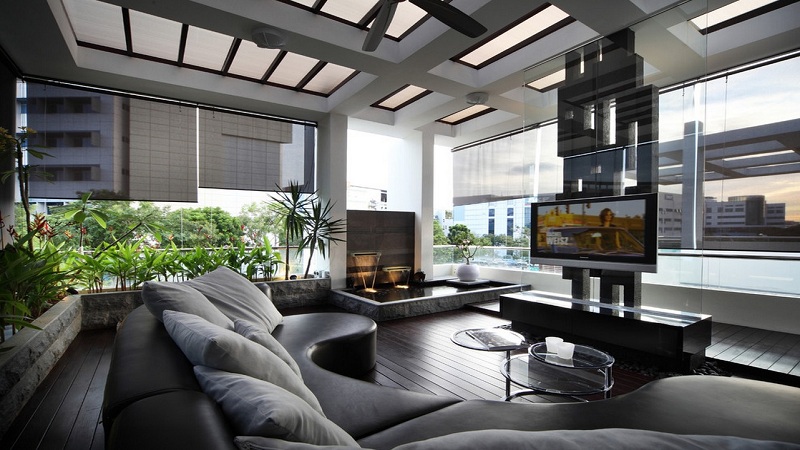
This can be achieved through vertical gardens, placed planters or pots and also hang pots in the ceiling. The decoration of the house will acquire a lot of aesthetic value.
4. Modern houses with an interior garden

Modern architecture seeks to integrate man with his environment through simplicity and order, propitiating open spaces, charging nature a leading role. Modern gardens, both exterior, and interior are distinguished by simple geometric lines, prioritizing the functionality of all elements. They are clean and refined designs, where there is no excess of ornaments, but at the same time, they are stylized.
5. Minimalist houses with an interior garden
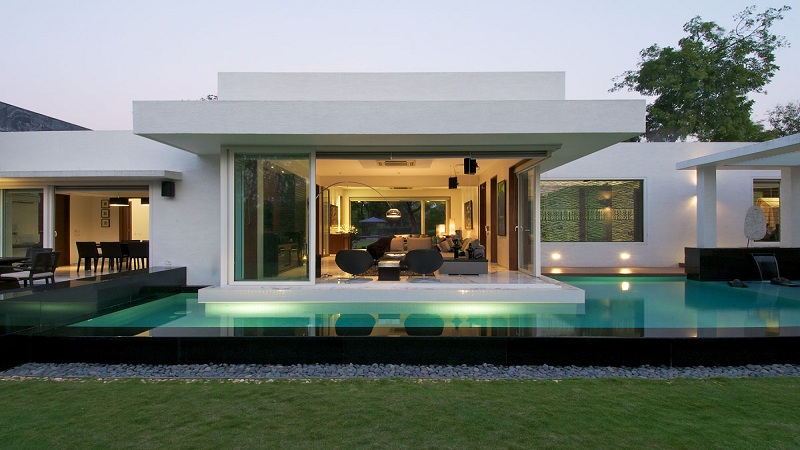
The minimalist style is characterized by the simplification of its shapes, colors, and lines, creating clean and pore spaces. For a house in this trend, the interior garden will be balanced and harmonious using the minimum amount of elements. The plants are simple, of uniform stems, but that’s why they are simple and lacking in personality and style.
6. Rustic houses with an indoor garden
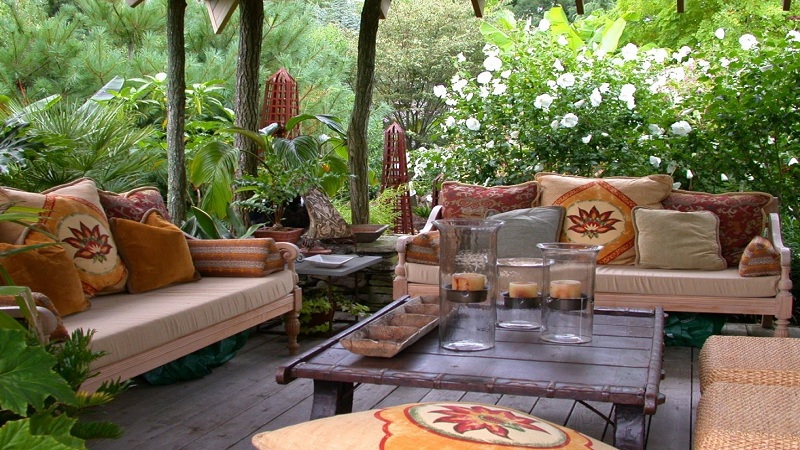
In the rustic garden,s the irregular lines are created, with the purpose of creating a relaxed atmosphere, where nature is undoubtedly the protagonist, since natural materials such as wood, clay, and vegetable fibers are used to the design of the gardens.
7. Indoor vertical garden
Vertical gardens have been booming for several years, because in addition to being very aesthetic and attractive, they offer many benefits both physical and architectural. One square meter of an interior vertical garden generates the amount of oxygen required by a person during a year; This same square meter ofa garden, can capture 130 grams of dust per year.
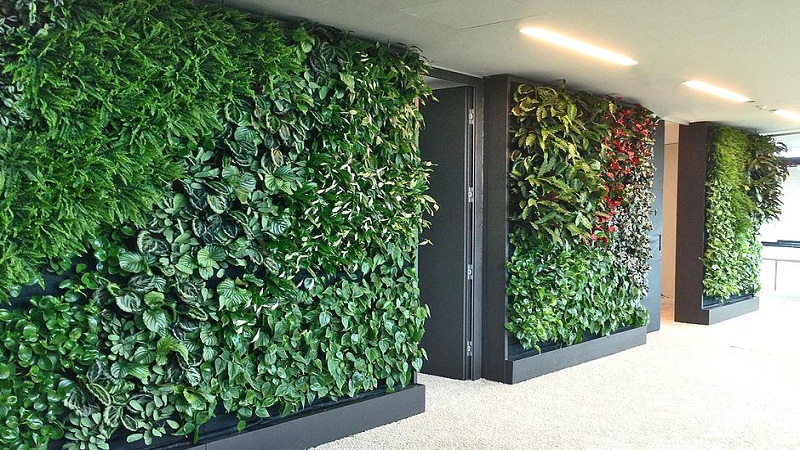
This coverage can also isolate 10 decibels of noise pollution. In a small house, they are a great alternative because they help to take advantage of versatile and effective space, occupying the surface of existing walls, are low maintenance, do not attract pests and do not allow the growth of insects. An interior vertical garden, can be an excellent coating for the walls of the house, improving its appearance and covering some imperfections.
8. Interior zen garden
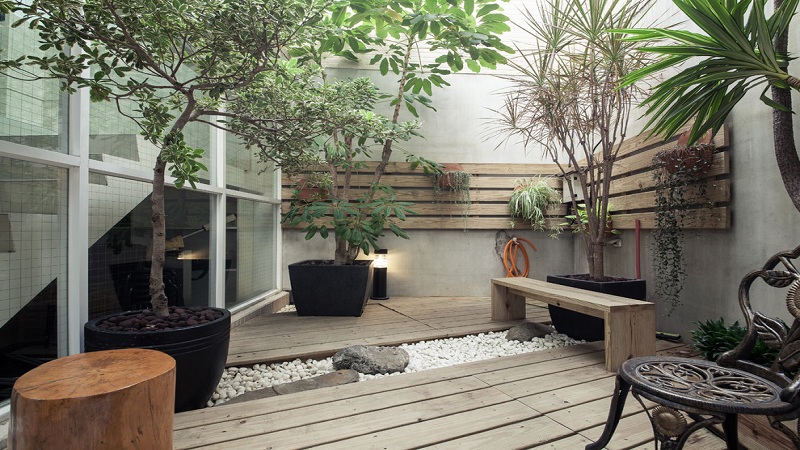
The Zen gardens are ideal for the interior of the house, because they occupy few dimensions (no more than 10 meters). They are “dry” gardens because they use sand, gravel and stones and little vegetation. Its design follows proportions in multiples of three, which has a meaning for those who meditate, as it is thought to have energetic properties, which helps to find balance within the home.
9. Interior desert garden
The desert gardens are a great alternative to take them to the interior of the house, because they do not need much care. They are gardens of xerophytic plants, plants that have developed the capacity to accumulate water in periods of drought. His style is informal, there are no exact lines and they play with the variety of heights and textures. The interior desert gardens have few ornaments, maintaining a wild aesthetic, in which rocks are accepted, even pots and vases worn, to modern and avant-garde elements.
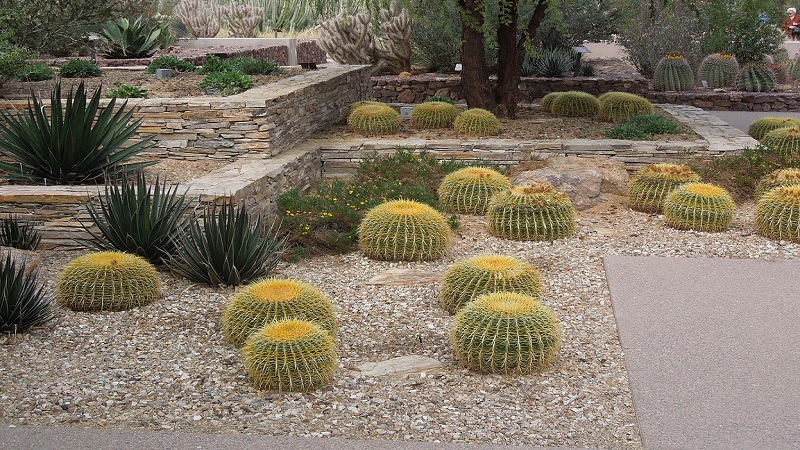
His style is informal, there are no exact lines and they play with the variety of heights and textures. These gardens have few ornaments, maintaining a wild aesthetic, in which stones are accepted, even pots and vases worn, to modern and avant-garde elements.
10. Indoor patios
An interior patio is an area contained by walls that can be opaque or transparent. The patio serves to achieve a fusion of the interior and exterior spaces, achieving the sensation of greater amplitude, light and movement, developing around it the configuration of the house. In an interior patio, there is drainage for watering the plants and to incorporate elements as sources, you can even get to see pools.
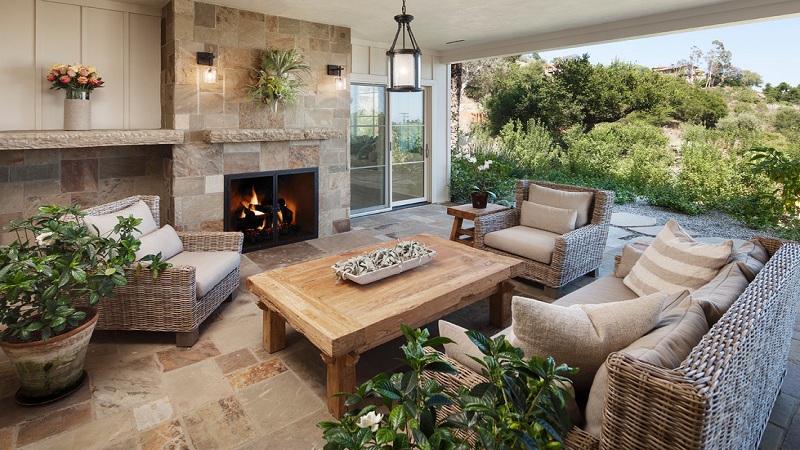
Depending on the architectural style of the house, the materials for its design will be chosen, but unlike most interior gardens, more decorative elements can be placed on the patio, since it is an additional space with its own character. For more options, we invite you to visit the following article: 17 ideas to design a small garden at the entrance of your house.
11. Plants for gardens and interior courtyards
It is true that maintaining a garden inside the house can be a little more complicated by the amount of light and water that some plants need, but there are specimens that grow easily and without much care within the home, some of them are:
Monstera delicious: it is a tropical-style plant that does not require extreme care, its irrigation is moderate, but care must be taken to keep the soil moist.
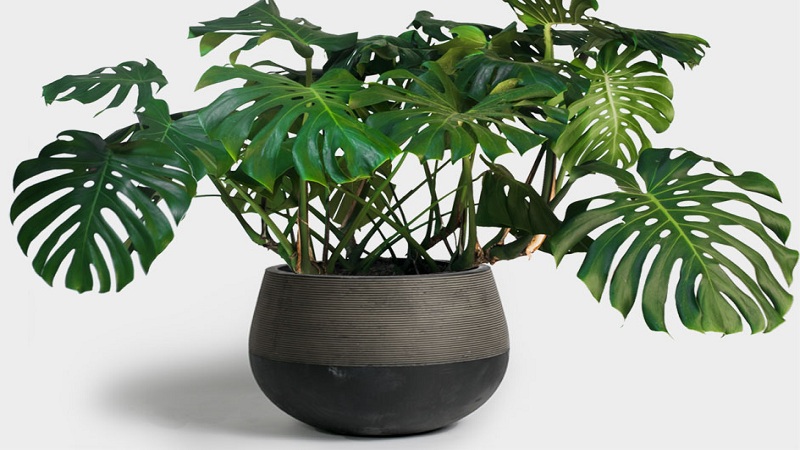
Rosario: is of a unique aesthetic whose leaves are characterized by small spheres that simulate a pearl necklace. It is a hanging plant, so it looks great in pots at a good height so that its branches can grow.
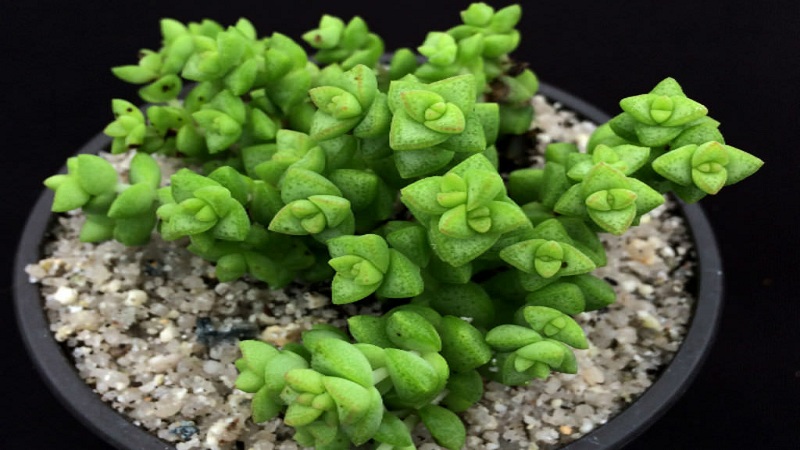
Sansevieria: one of the most resistant indoor plants; It supports dry and hot environments, low light, lack of irrigation and also has very few pests. It is an excellent plant for air purification and is ideal for those who do not have much time for gardening. If you have doubts, the best thing will always be to consult with a professional gardener who will guide you on the management, care, and species of plants that will grow better inside your home.

Tape or bad mother: easy maintenance plant and very popular within the ideal plants for an indoor garden. It is an excellent air purifier and combats pollutants such as formaldehyde and carbon dioxide.
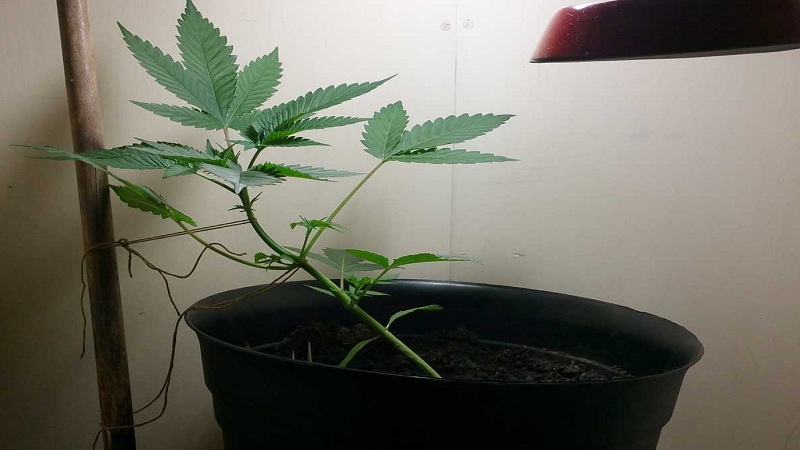
Dracaena: one of the favorite plants for the interior of the house, since it adapts to any corner. It is highly decorative, easy to care for and long-lived.
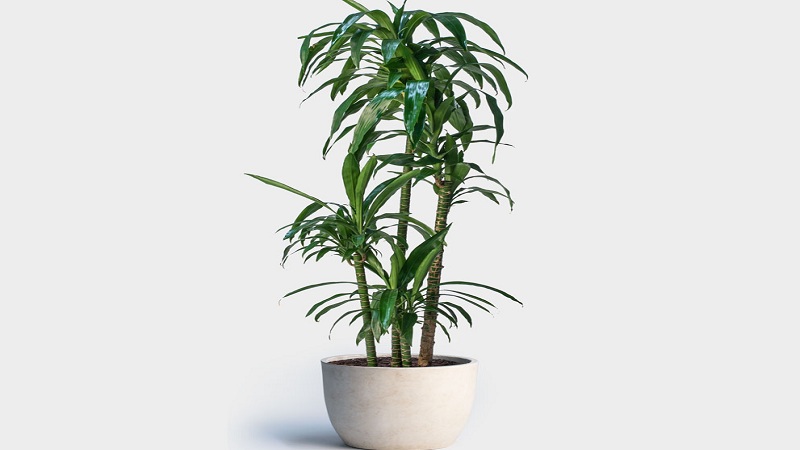
Ivy: considered the favorite indoor plant, it has incredible capabilities to purify the air. It is a plant that can grow to hang, in a pot, on the floor or on the walls. It needs medium exposure to sunlight and a moderate temperature.
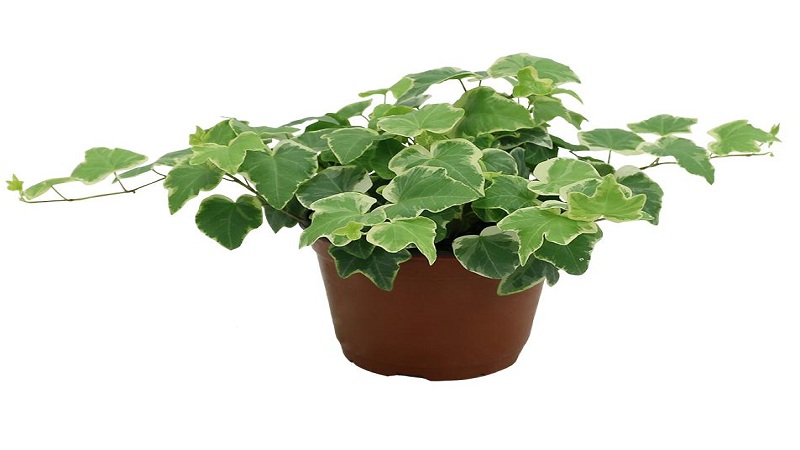
12. The kindness and beauty of nature inside the house
Regardless of the size or style that is printed on the interior garden, the presence of nature in a house is of the utmost importance; It is proven that the plants benefit the health and the mood of the people, besides offering an elegant and timeless decoration.
Conclusion
Gardening is like a good hobby. There are a lot of benefits to make a garden. But inside the house, gardening is not an easy task. If someone wants an indoor garden our blog will help them. Thank You.



